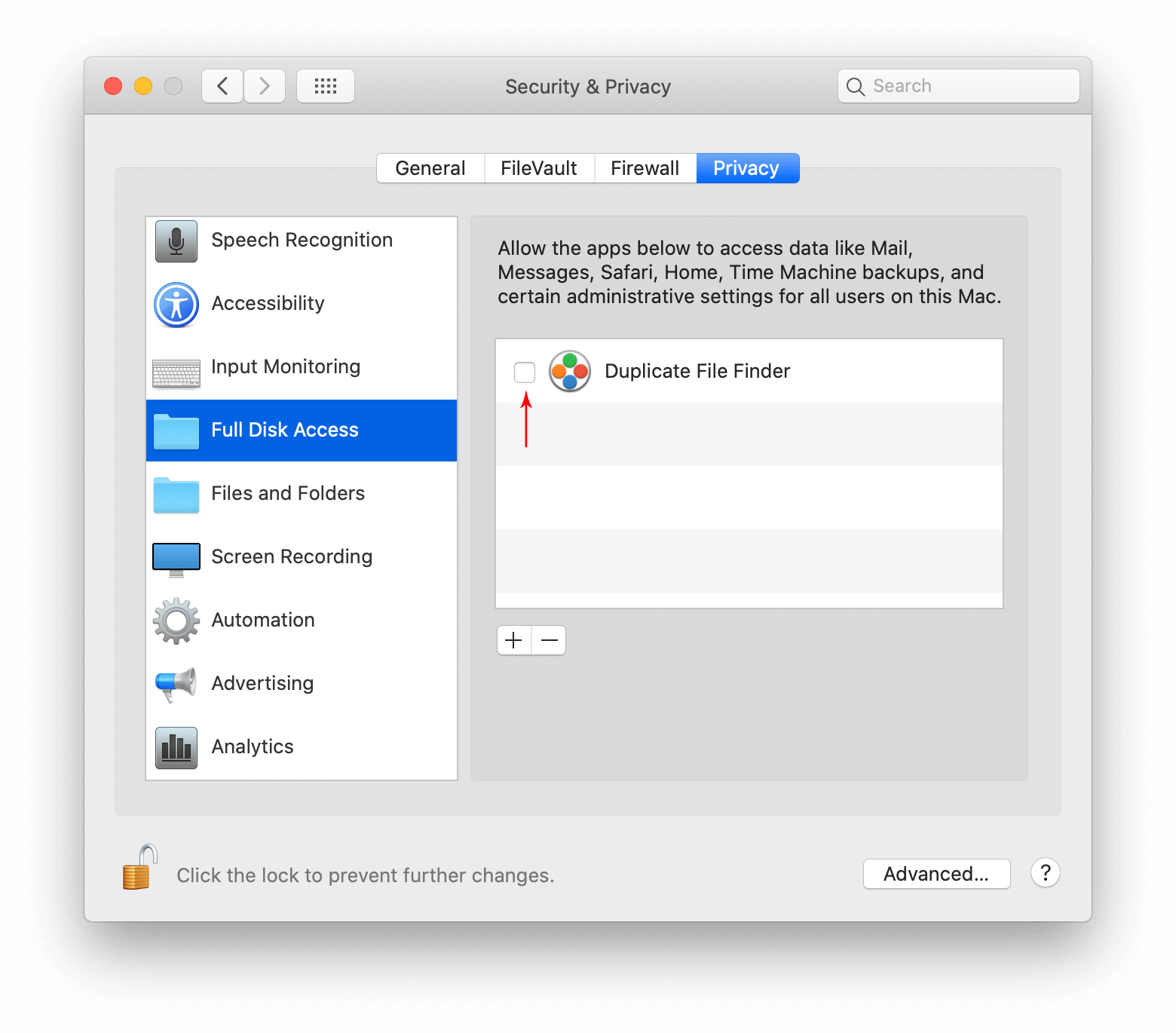

- #Make disk cleaner on mac clean without requesting permission to acces path how to
- #Make disk cleaner on mac clean without requesting permission to acces path code
- #Make disk cleaner on mac clean without requesting permission to acces path series
- #Make disk cleaner on mac clean without requesting permission to acces path free
After you run the sandboxed version of my sample app for the first time, look in ~Library/Containers for a folder named after the app’s Bundle Identifier, with the form. Take a little time to review the file system created by macOS for each sandboxed app. Let’s briefly talk about a tangible attribute of a sandboxed app to help you fully appreciate the sandboxing concept.
#Make disk cleaner on mac clean without requesting permission to acces path free
macOS apps used to be pretty much free of such constant micromanagement - until Mojave and Catalina debuted. As iOS developers well know, a lot can be done within the sandbox, but notice that, especially soon after installing a new app, iOS intercepts and asks the user for permission for your app to interact with, for example, the microphone, the camera, Bluetooth, location services, etc. A sandboxed app comes with its own file system and can solicit input from the user via a user interface. Apps are only useful if they can act on some type of input and produce meaningful output. Of course, an app would be useless if this fence was impenetrable. Think of the sandbox as a very constrictive fence surrounding your app. Resolving such violations involves adding specific entitlements in Xcode corresponding to the capabilities your app needs. Apple describes their notion of sandboxing thusly:įine-grained restriction over access to system resources is the heart of how App Sandbox provides protection should an app become compromised by malicious code. Apple mandates app sandboxing in iOS app development and strongly recommends it, though doesn’t require it, for macOS apps. The sandbox protects users’ assets from damage or theft.
#Make disk cleaner on mac clean without requesting permission to acces path code
The app sandbox is meant to keep users safe from apps that contain malicious code or contain vulnerabilities that an attacker can exploit for malicious purposes. So we’ve defined non-sandboxed apps with my provisos now let’s talk about sandboxed apps. I say “outdated” because, since the advent of Mojave and especially Catalina, I’ve seen non-sandboxed macOS apps that, when trying to access system resources, get a system prompt asking if it’s OK, for example, to read/write data in the user’s ~/Documents folder. If successfully attacked by malicious code, such an app can behave as a hostile agent with wide-ranging potential to inflict harm. What is an app sandbox?Īpple’s “App Sandbox Design Guide” is a bit outdated, stating:Īn app that is not sandboxed has access to all user-accessible system resources–including the built-in camera and microphone, network sockets, printing, and most of the file system. We’ll build an installer that has a splash page, installation instructions, a licensing agreement, and provides installation options for users.

#Make disk cleaner on mac clean without requesting permission to acces path series
You should definitely read my first tutorial in this series where I built a non-sandboxed app, discussed certificates, signed the app, notarized it, briefly talked about building an installer, signed and notarized the installer, and lastly covered distribution of the app installer.įinally, in Part III, I’ll guide you step-by-step through the process of using the excellent freeware app Packages to create an installer for distributing your macOS apps outside the MAS. I’ll demonstrate how you can build apps safe from malicious code and/or malicious exploitation even if you make exceptions to the sandboxing rules - or even if you turn off the sandbox entitlement completely. In this tutorial I’ll give you in-depth insight into the sandbox and then build an app that, whether sandboxed or not sandboxed, can read and write outside of its container - and can be either sold and distributed outside the Mac App Store (MAS) or through the MAS, both with Apple’s blessings. This is the second part in a three-part series of tutorials on sandboxing, signing, notarizing, and distributing macOS apps outside of the Mac App Store.
#Make disk cleaner on mac clean without requesting permission to acces path how to
We’ll discover, when merited, how to read/write outside the sandbox, and when and how to develop apps that are not sandboxed at all.Įditor’s note: If you are new to macOS development, you can check out our macOS tutorial series. Today, we’ll take an in-depth look at the sandbox’s benefits (and drawbacks) to both users and developers.

By ignoring the sandbox - and possibly macOS development entirely - developers run the risk of neglecting to understand a fundamental piece of Apple’s security infrastructure, and fail to take advantage of earning income from developing macOS apps. Some might not even be fully aware of the sandbox’s existence, especially in the case of iOS where all apps must be sandboxed. Did you know that a macOS app can read and write outside of its container when sandboxed? Did you know that a non-sandboxed macOS app has no container? Were you aware that you can sell and distribute non-sandboxed macOS apps without using the Mac App Store? Since the focus of most Apple development seems concentrated on iOS, many developers probably take the sandbox for granted.


 0 kommentar(er)
0 kommentar(er)
